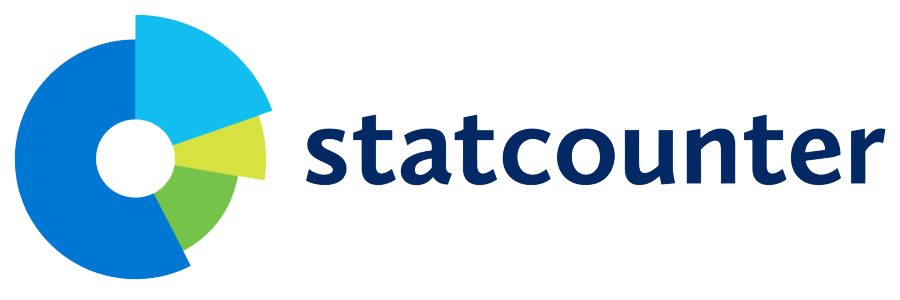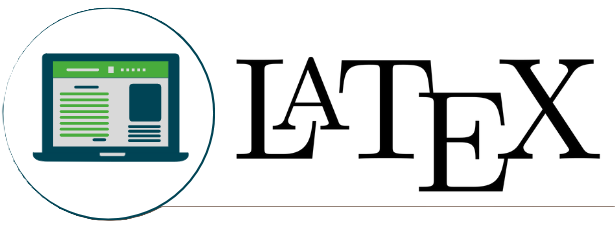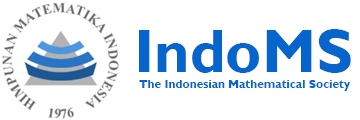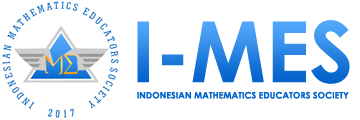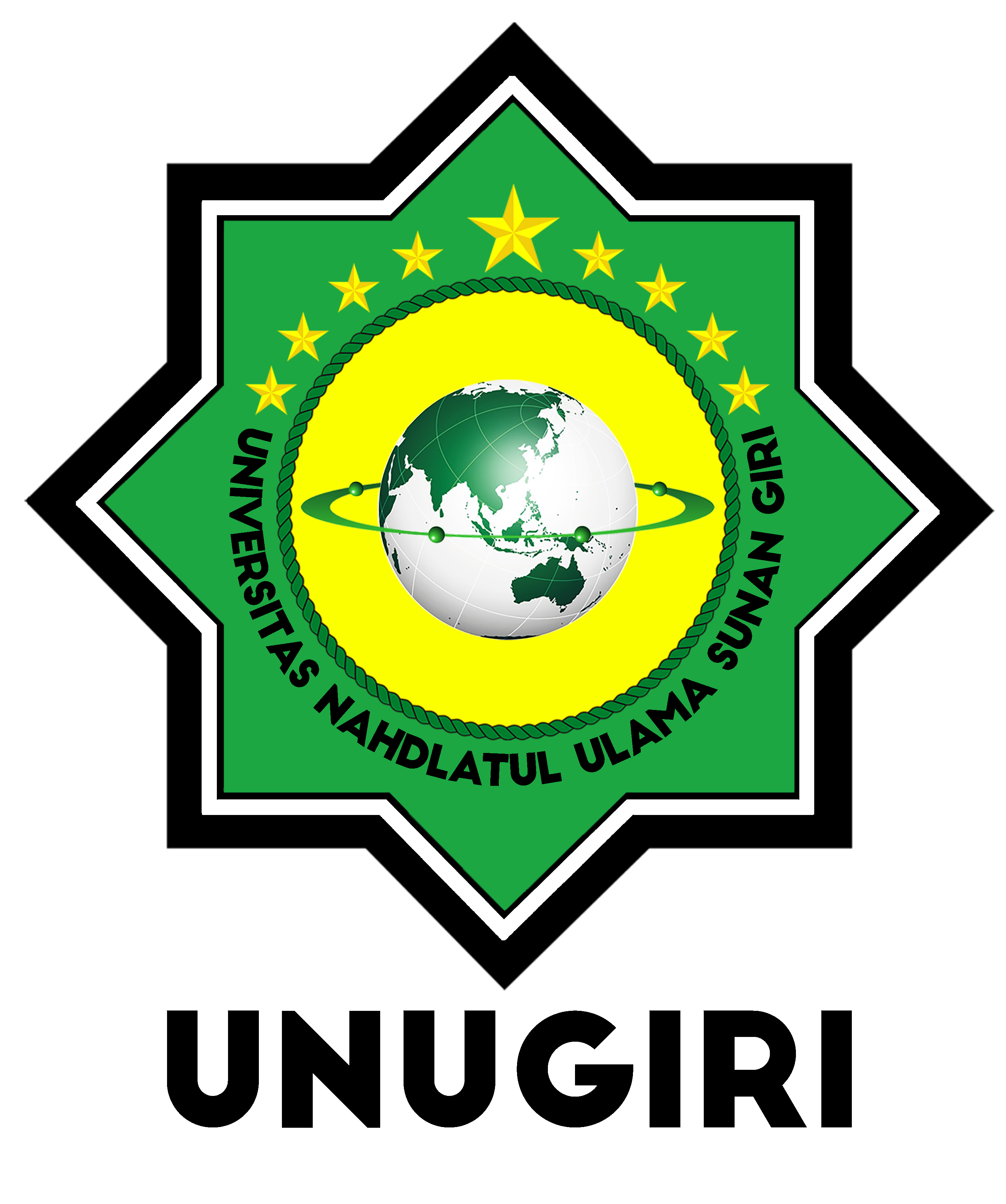Mathourism di Keraton Sumenep Sebagai Pendekatan Baru dalam Sustainable Tourism Development: dalam Perspektif Pembelajaran
 PDF Download: 185
PDF Download: 185
DOI:
https://doi.org/10.32665/james.v8i1.4091Keywords:
mathourism, Keraton Sumenep, sustainable tourism, mathematic learningAbstract
This study explores the potential of mathourism at the Sumenep Palace as a new approach to sustainable tourism development, particularly from an educational perspective. The research was conducted using a library research method by analyzing various literature related to culture, architecture, tourism, and education. Sumenep Palace serves as a tangible example of cultural acculturation, representing diversity and harmony. These elements not only offer aesthetic value but also provide opportunities for integration into mathematics learning, especially in introducing geometric and symmetry concepts. Mathourism, which combines mathematics with culture-based tourism, aligns with the principles of sustainable tourism. This approach emphasizes cultural preservation, local community involvement, and experiential learning. Moreover, mathourism holds potential for empowering local communities through active participation in cultural preservation and the management of education-based tourist destinations. The results of the study indicate that the mathourism approach can support interdisciplinary learning that is relevant to real-life contexts while also enhancing the appeal of culture-based tourism at Sumenep Palace by integrating mathematical concepts with local cultural and historical contexts. This study is expected to serve as a foundation for further research, particularly in the development of mathourism-based learning modules and their implementation at other tourist destinations with similar cultural richness.
References
Agustina, I. H., Fardani, I., & Aji, R. R. (2021). Cultural Substance Actualization in Spatial Planning: Case of Cirebon City, Indonesia. IOP Conference Series: Earth and Environmental Science, 830(1). https://doi.org/10.1088/1755-1315/830/1/012088
Alexander, Daniel C.; Koeberlien, G. M. (2015). Elementary Geometry for College Students (6th Ed). Cengage Learning.
Alghar, Muhammad Zia; Zulkarnain, I. (2024). ETNOMATEMATIKA : EKSPLORASI KONSEP MATEMATIKA PADA PINTU KANTOR KONENG KERATON SUMENEP Universitas Negeri Malang Universitas Ind. MAHASENDIKA IIITahun 2024, 308–322.
Alghar, M. Z., & Jamaluddin, J. (2024). Ethnomodelling: Fractal Geometry on the Door Ornament of the Sumenep Palace Using the Lindenmayer System. Euclid, 11(1), 1–16.
Brockwell, P. J. dan Davis, R. A. (2002). Introduction to Time Series and Forecasting 2nd Edition. Springer-Verlag.
Falconer, K. (2004). Fractal Geometry: Mathematical Foundations and Application. John Wiley & Sons Inc.
Hanik, Umi; Mahmud; Perdana, Parisca Indra, Rahmawati, I. D. (2022). Mathourism. Putra Surya Sentosa.
Heinich, R., Molenda, M., Russell, J. D., & Smaldino, S. E. (2001). Instructional Media and Technologies for Learning. Prentice-Hall.
Hulu, M. (2018). Pengelolaan Pariwisata Berkelanjutan (Studi Kasus:Desa Wisata “Blue Lagoon” Di Kabupaten Sleman, DIY). Journal of Tourism and Economic, 1(2). https://doi.org/https://doi.org/10.36594/jtec/n964q634
Kaslik, E., & Neamţu, M. (2020). Dynamics of a tourism sustainability model with distributed delay. Chaos, Solitons and Fractals, 133. https://doi.org/10.1016/j.chaos.2020.109610
Khoirunisa Wahida, & Hoirul Uyun. (2023). Tatanan Indonesia Dalam Mewujudkan Pertumbuhan Ekonomi Berkelanjutan Melalui Green Economy. Harmoni: Jurnal Ilmu Komunikasi Dan Sosial, 1(2), 14–26. https://doi.org/10.59581/harmoni-widyakarya.v1i2.291
Kolb, D. A. (1984). Experiential Learning: Experience as the Source of Learning and Development. Prentice Hall.
Konsep Mathourism Dari Perspektif Pembelajaran Untuk Menunjang Terwujudnya Sustainable Tourism, 4 Prosiding Seminar Nasional Integrasi Matematika dan Nilai Islami 45 (2021). http://conferences.uin-malang.ac.id/index.php/SIMANIS
Megantari, K. F., Surata, S. P. K., & Arjaya, I. B. A. (2023). Peningkatan keterampilan belajar abad ke-21 siswa melalui pendekatan salingtemas berbasis video youtube tentang lanskap budaya Subak. Jurnal Edukasi Dan Sains Biologi, 5(1), 13–20. https://doi.org/10.37301/esabi.v5i1.39
Parnawati, Rita; Hardyansah, Rizha; Pangestuti, Edriana; Hakim, L. (2022). Ekowisata: Determinan Pariwisata Berkelanjutan untuk Mendorong Perekonomian Masyarakat. UB Press.
Peraturan Menteri Pariwisata Dan Ekonomi Kreatif Republik Indonesia Nomor 9 Tahun 2021 Tentang Pedoman Destinasi Pariwisata Berkelanjutan, Kemenparekaf 2 (2021).
Pojani, D., & Stead, D. (2015). Sustainable urban transport in the developing world: Beyond megacities. Sustainability (Switzerland), 7(6), 7784–7805. https://doi.org/10.3390/su7067784
Qomaria, N., & Wulandari, A. Y. R. (2022). Etnomatematika Madura: Keraton Sumenep sebagai Sumber Belajar Matematika. Indiktika : Jurnal Inovasi Pendidikan Matematika, 5(1), 76–89. https://doi.org/10.31851/indiktika.v5i1.9875
Richards, G. (2014). Creativity and tourism in the city. Current Issues in Tourism, 17(2), 119–144. https://doi.org/10.1080/13683500.2013.783794
Rusman. (2017). Belajar dan Pembelajaran: Berorientasi Standar Proses Pendidikan. Kencana.
Shevchenko, H., & Petrushenko, M. (2022). Managing change in nature-based tourism: A decision-making model using linear programming. Problems and Perspectives in Management, 20(2), 199–219. https://doi.org/10.21511/ppm.20(2).2022.17
Stewart, J. (2008). Calculus: Early Transcendentals (Sixth Edition). Brooks/Cole, Cengage Learning.
Sulistyadi, Y., Eddyono, F., & Entas, D. (2021). (2021). Indikator Perencanaan Pengembangan Pariwisata Berkelanjutan. CV. Anugrah Utama Raharja.
Sumandya, I. Wayan, Dharmadewi, A. A I. M., Wijaya, M. A; Suryawan, I P. P., Dewi, N. P. S. R., Ardanantya, I G. A. M., Adnyani, I G. K., Leonita, T. S., Herawati, D. M. E., Yuda, I. P. D. (2024). PERAN PERGURUAN TINGGI DALAM PENGEMBANGAN AGROWISATA BERKELANJUTAN UNTUK MENEKAN KERUSAKAN LINGKUNGAN DI SAMBLONG, JEMBRANA, BALI. Sewagati, 3(2), 31–40. https://doi.org/https://doi.org/10.59819/sewagati.v3i2.4224
Zaslavsky, C. (1996). The Multicultural Mathematics Classroom: Bringing in the World. Heinemann.
Zidan, B. (2020). The Concept and Utilization of Swastika ‘Hooked Cross’ on Islamic Artefacts. Journal of the General Union of Arab Archaeologists, 5(1), 29–51. https://doi.org/https://doi.org/10.21608/JGUAA2.2020.18018.1024
Downloads
Published
Issue
Section
Categories
License
Copyright (c) 2025 Journal of Mathematics Education and Science

This work is licensed under a Creative Commons Attribution-NonCommercial-ShareAlike 4.0 International License.
Authors who publish with this journal agree to the following terms:
- Authors retain copyright and grant the journal right of first publication with the work simultaneously licensed under a Creative Commons Attribution License that allows others to share the work with an acknowledgment of the work's authorship and initial publication in this journal.
- Authors are able to enter into separate, additional contractual arrangements for the non-exclusive distribution of the journal's published version of the work (e.g., post it to an institutional repository or publish it in a book), with an acknowledgment of its initial publication in this journal.
- Authors are permitted and encouraged to post their work online (e.g., in institutional repositories or on their website) before and during the submission process, as it can lead to productive exchanges, as well as earlier and greater citation of published work
 PDF Download: 185
PDF Download: 185



